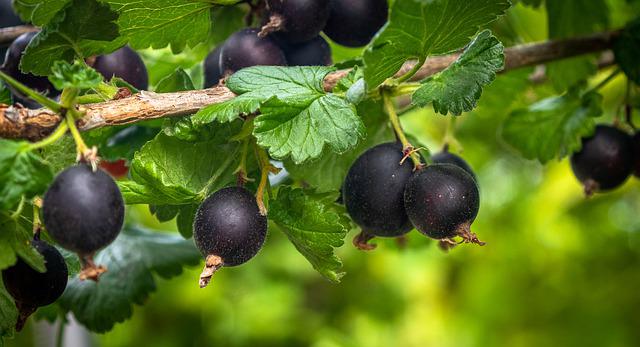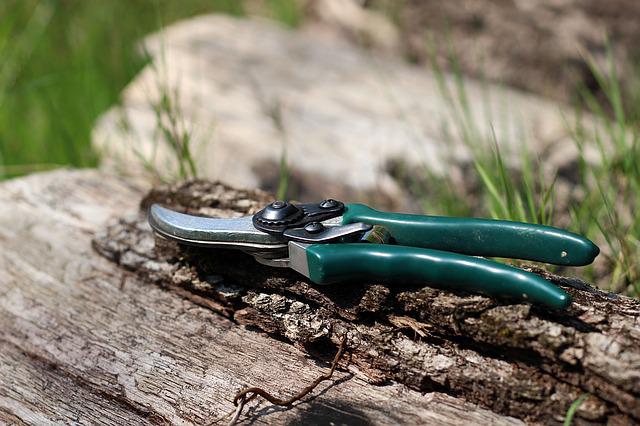How To Prune Jostaberry | The Right Way To Cut Your Fruit Trees!

Pruning jostaberry is quite different from other plants. It should be less than more. Remove all but six to eight strong main branches from your jostaberry bush after it has grown to four years old using sharp secateurs. Branches two to four years old and have produced fruit should be left on the plant. However, branches can be cut off for more than four years old without repercussions. By thinning out the branches, you can ensure that the remaining branches on the bush are no older than three years and are free of old branches with grey bark. In addition, it’s a good idea to remove any weak branches every year.
Table of Contents
Why Pruning Jostaberry?
Maintaining an open bush that is constantly replenished with strong new growth for fruit-bearing and removing any aging or unhealthy branches is the goal. After the first season of growth, prune all weak or damaged shoots to the ground level in the winter. After harvesting the blackcurrants, some pruning may be necessary. This should be limited to removing inaccessible or damaged branches.
When to Prune Jostaberry?
During the early winter months, it is best to perform the main pruning of your bush, retaining the strong new shoots that emerge from the base. You can either remove all of the old wood that has produced fruit, or you can only remove one-third of the old branches, pruning to a strong young shoot just above ground level. Every three years or so, the bush will be replaced. The youngest wood is mid-brown to make pruning easier, while the oldest wood eventually turns nearly black.)
It is critical to keep the plants from drying out in the first year. Keep your plants well-watered. During dry weather, it may also be necessary to water the fruits. Some well-rotted manure or compost in the winter mulch will be beneficial to blackcurrants and four berries. If aphids become a problem, use a specialized treatment to get rid of them quickly.
Different Methods of Pruning Jostaberry
Free-Standing Bush
Your goal with the freestanding bush method is to create a goblet shape with branches extending outward from the center. Allowing more light and air to get into the bush will reduce disease risk and encourage ripening. As a result, the center-growing stems are cut off.
Pruning based on branch height and direction is essential. Pruning upward-facing branches to an outward-facing bud encourages them to spread. To encourage vertical growth, cut off branches that are dangling. A 45-degree angle is what you’re going for.
Remove branches that are too close to the ground. If the branches are heavy with fruit, they will sag even further. When picking outward or upward buds, keep this in mind.
To avoid canker, cut away any branches that cross or grow too closely together.
Summer is the best time to remove suckers because pulling them rather than cutting them preserves the growth node.
Preparatory Pruning
To encourage branching, nursery workers will shorten the main stems of your bush when it is young. Multiple branches sprout from the plant’s main stem as a result (known as the central leader). When pruning, you’ll want to select 4-5 branches, two in each direction, and remove the rest. Make sure there aren’t any branches too close together on either side. The primary scaffold consists of these limbs.
Cut each primary scaffold to an upward-facing bud in the first year.
This scaffold will have branches attached to it by the second (the secondary scaffold). All branches should be cut back so that only upward/outward buds can be selected.
The goblet shape will emerge by the third year.
Pruning Maintenance
Maintaining a goblet shape is easy once you get the hang of it. Removing low-lying and diseased, and damaged branches in the winter is essential. Remove half of the new growth on the branches and only 1-3 buds on the side shoots. Light can penetrate the plant’s interior by reducing the number of buds on the side shoots that grow toward the center. Trim the side-spurs to five leaves at the base in late June.
Stool
Growing raspberries, for example, is similar to the stool method because suckers and stems are allowed to grow before being cut back right down to the ground.
To ensure a good annual harvest using the stool method, you’ll need a diverse mix of trees. Thus, with redcurrants and gooseberries, keep a mixture of one to three-year-old stems, while with blackberries, only one to two-year-old stems should be retained.
With blackcurrants/jostaberries, 10-12. It is possible to grow more stems at the same time with more vigorous varieties.
It is critical that suckers not be removed but rather that the best suckers be thinned out. Remove all low-lying, rubbing, dead, dying, diseased, and damaged branches, just as with a freestanding bush.

